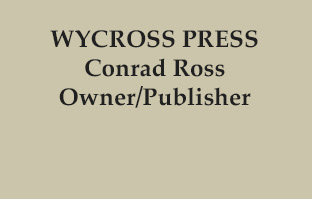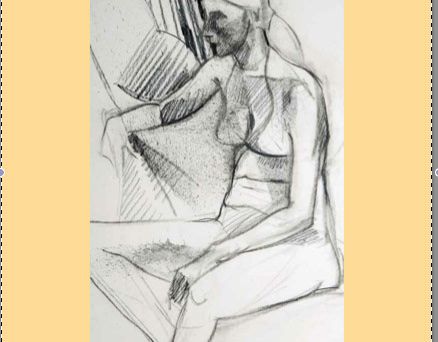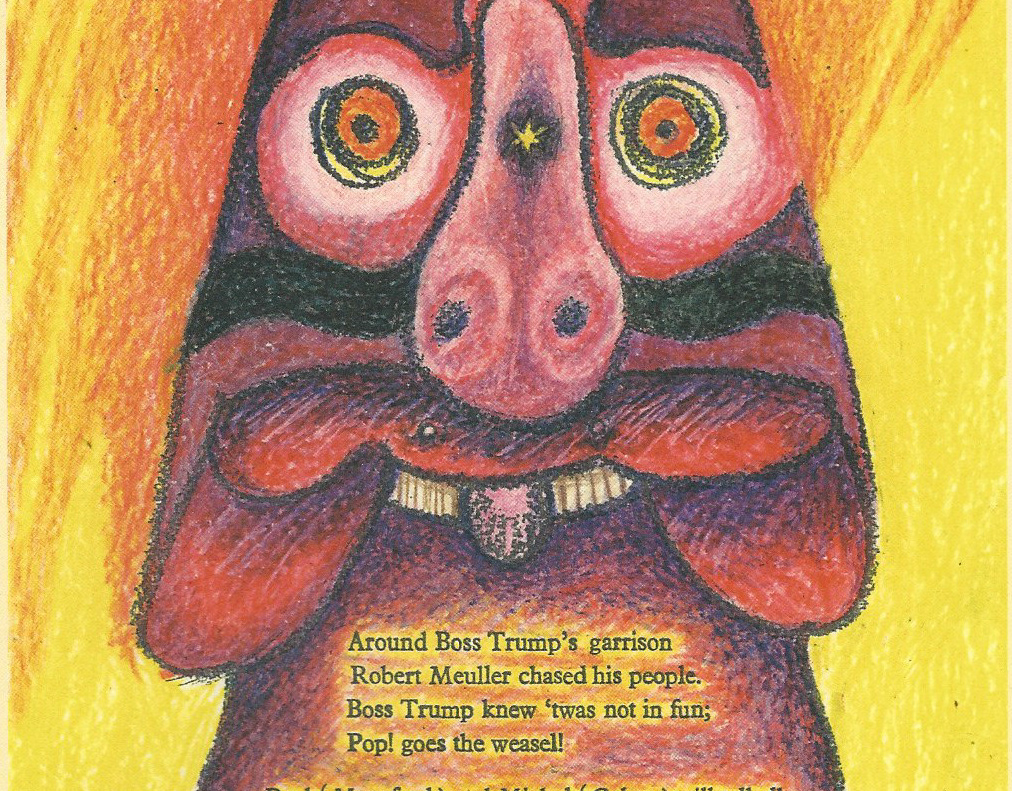From the foreword by Andrew Rush:
This is a very thoughtful precise work by an artist with a lifetime of teaching and thinking about the nature of perception. In this handbook, Conrad Ross confines himself to the experience of drawing as a process of direct observation, and in that focus gives us a much needed core-corrective to the conceptual bent of institutional learning at a time when the interest in the nature of visual intelligence is expanding broadly beyond the bounds of the art-school.
In the first section, the author/artist sets out to clarify the many terms used to refer to visual learning through drawing. ...Ross presents us with a canonical vocabulary that allows us to address the non linguistic nature of art knowledge, then immediately lays out for us a pathway of crisp sequential studio exercises based upon that language.
While carefully holding to the canonical theme in language, he lays out with diagrams and examples simple exercises that isolate each visual element in practice... The confidence that gently appears from doing these first simple applications of each isolated point provides a step-by-step foundation in which the author guides his book-user to an increasingly poetic understanding of subjects such as light, shadow, and compositional eloquence.
From the introduction by Conrad Ross:
This practicum is an attempt to adjust our outlook toward perceptual drawing, and to reveal to an understanding reader, appreciator, amateur, or practicing artist, those considered concepts, that maintain their usefulness in the process of drawing and seeing, even today. It is the intention of this handbook to look through that doorway once again, that doorway that Brunelleschi allegedly looked through when he discovered perspective in the 15th century and to make relevant what we see today. Brunelleschi's discovery affected seeing for his time. We should and perhaps can do the same for ours. We can at least try.
$29.99 - Available for purchase through Wycross Press.



